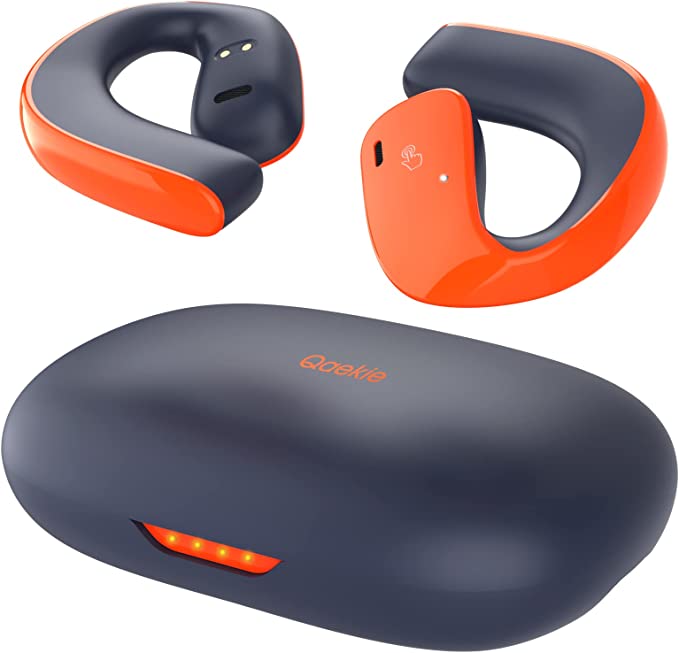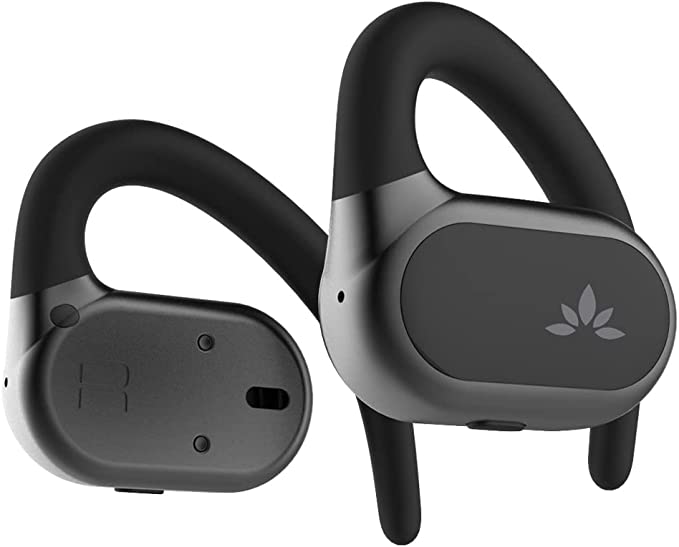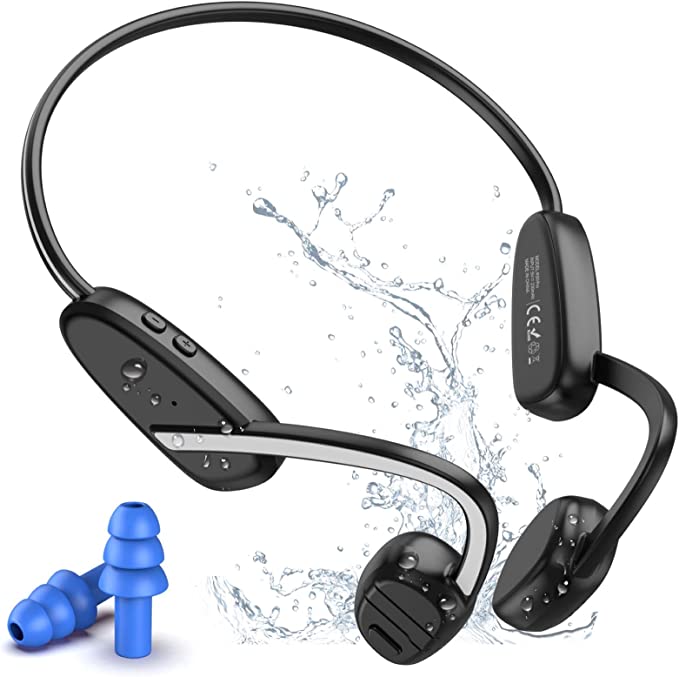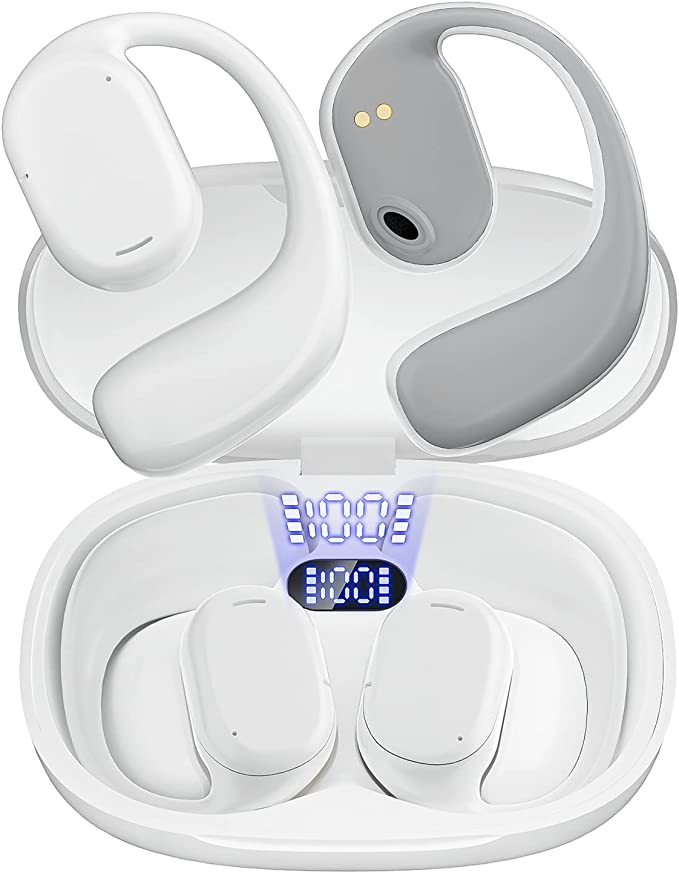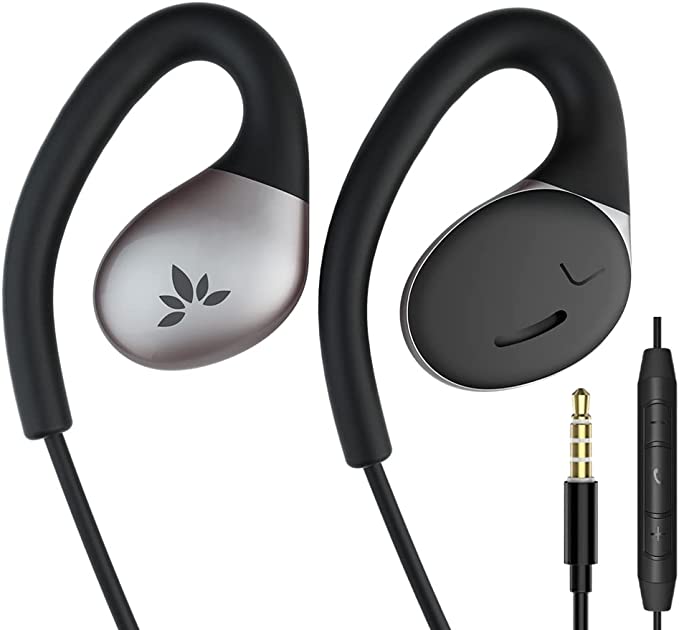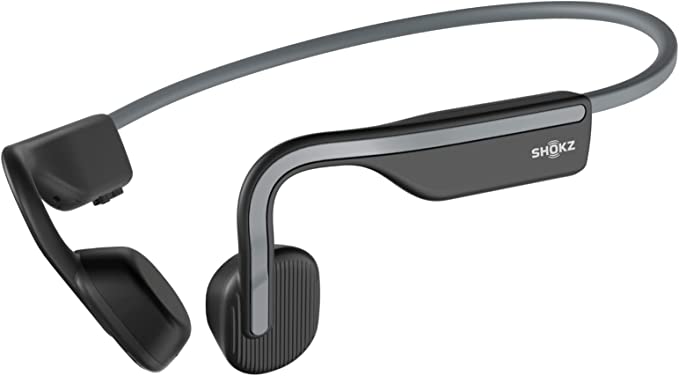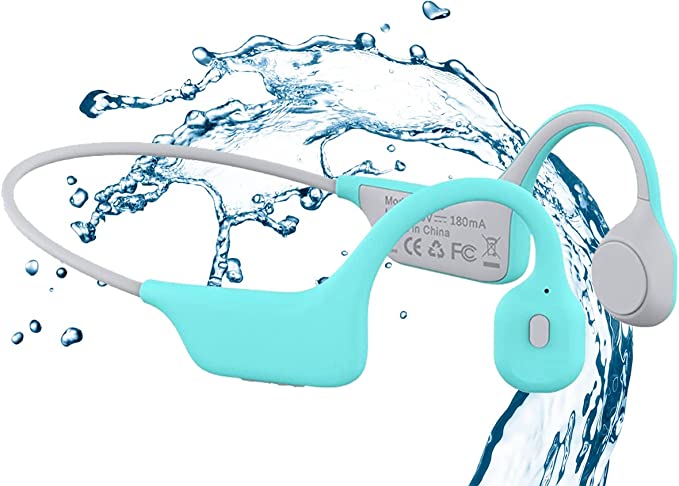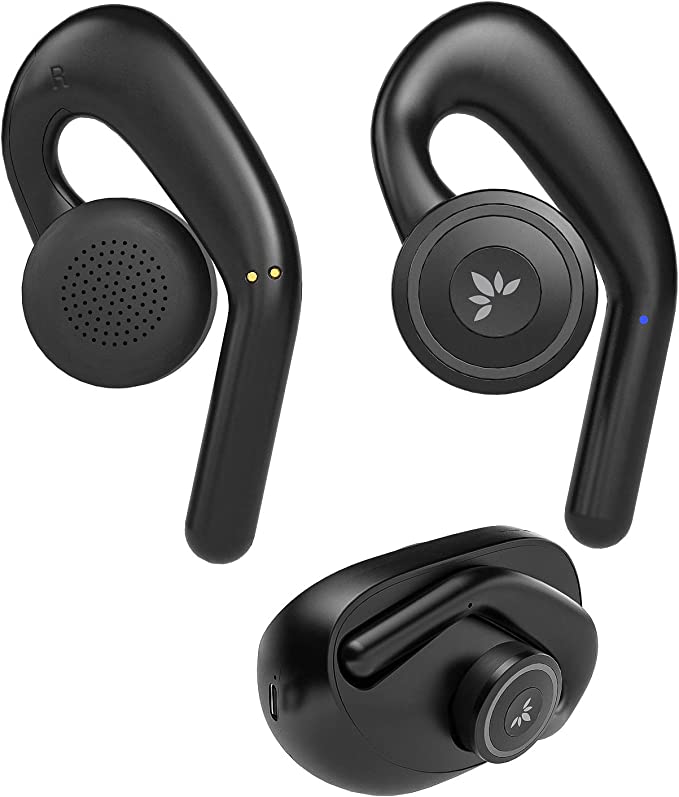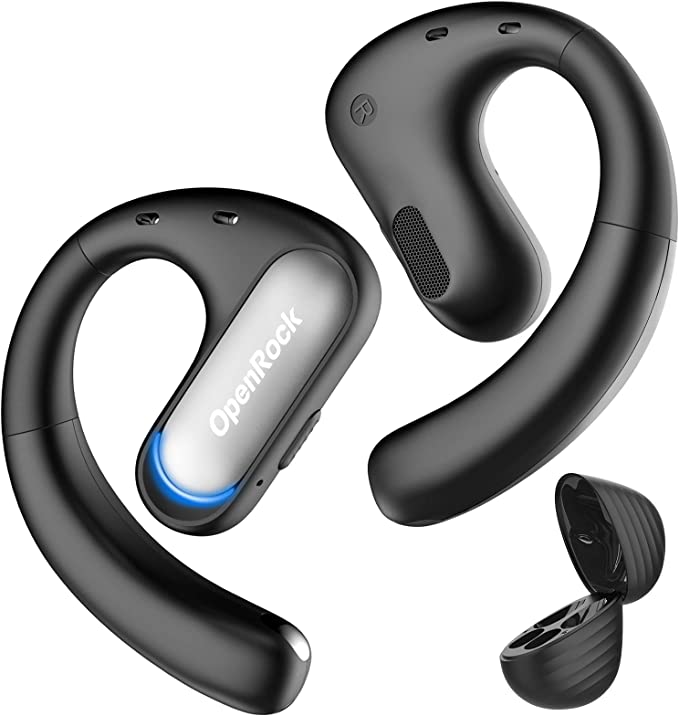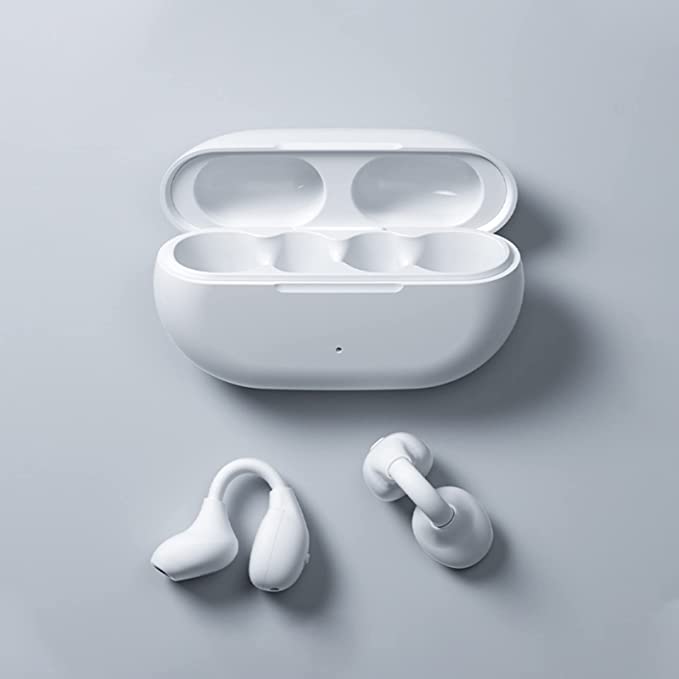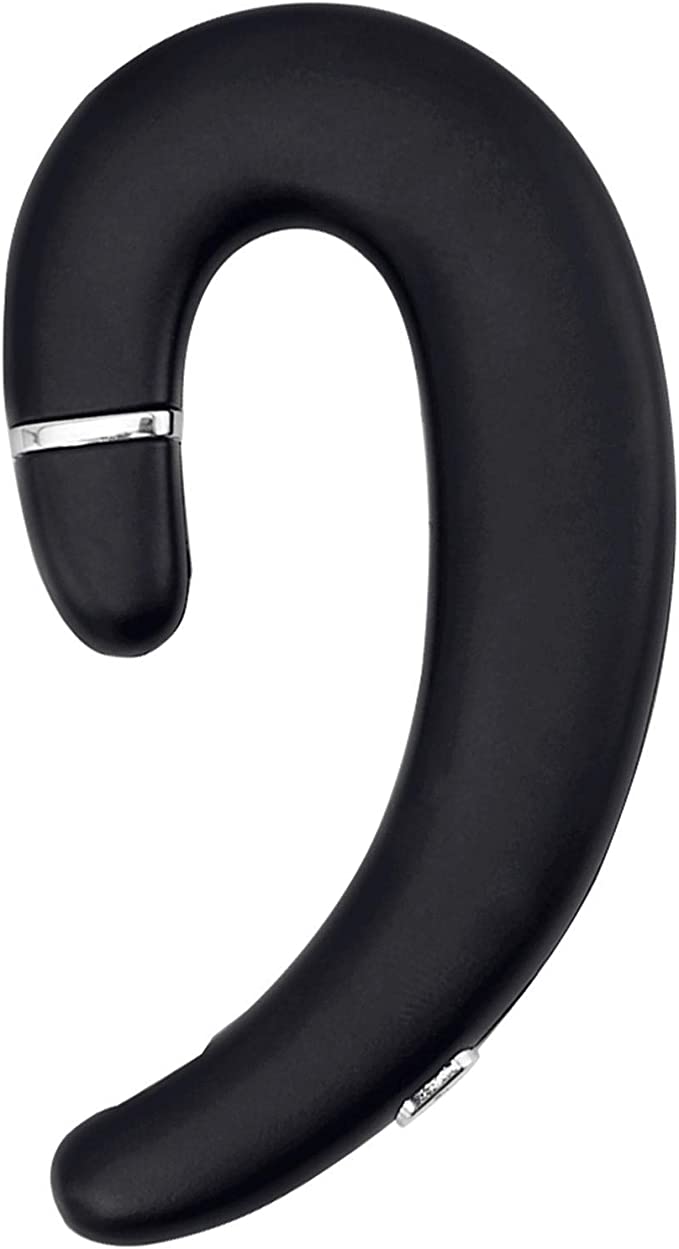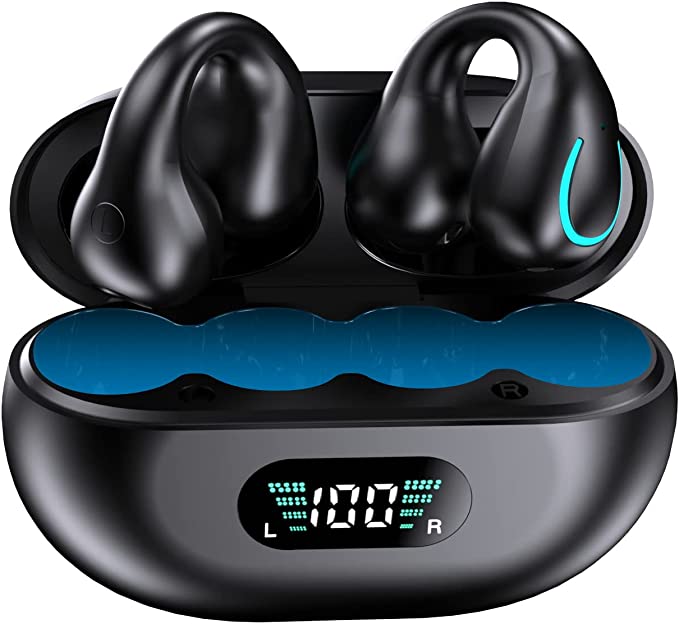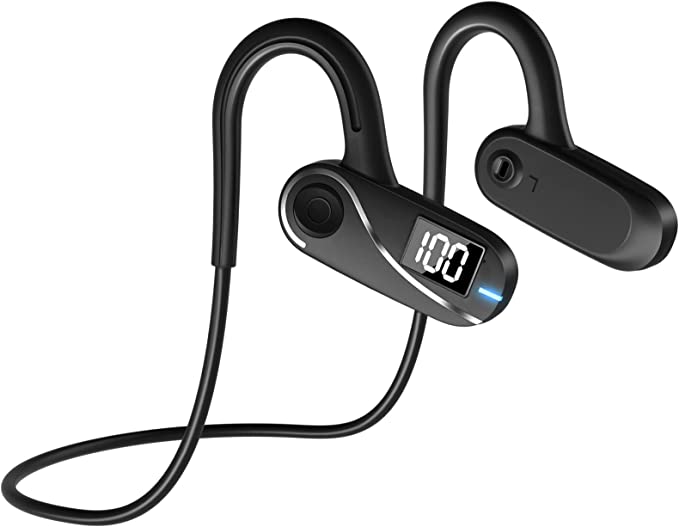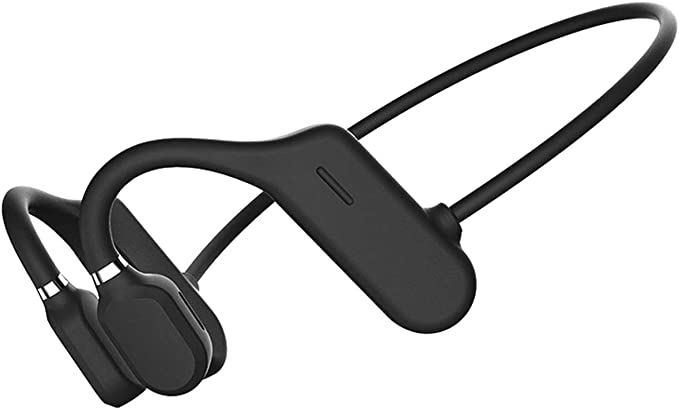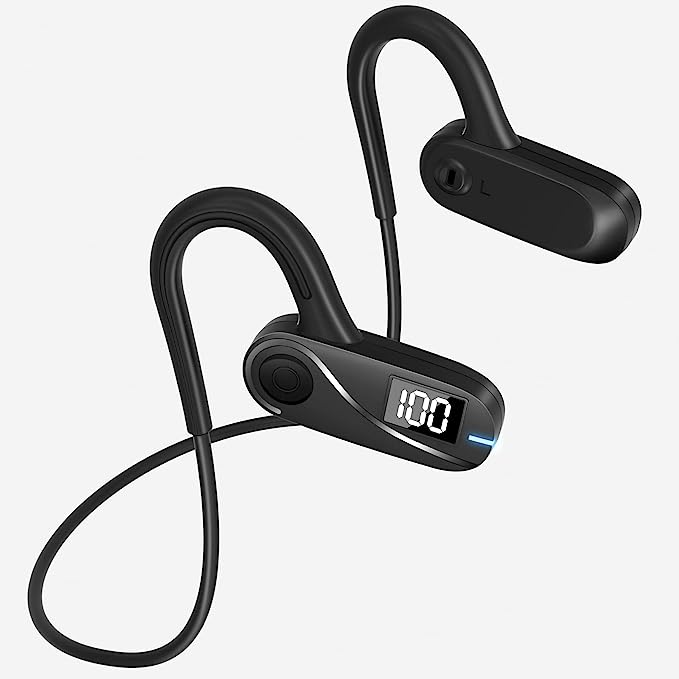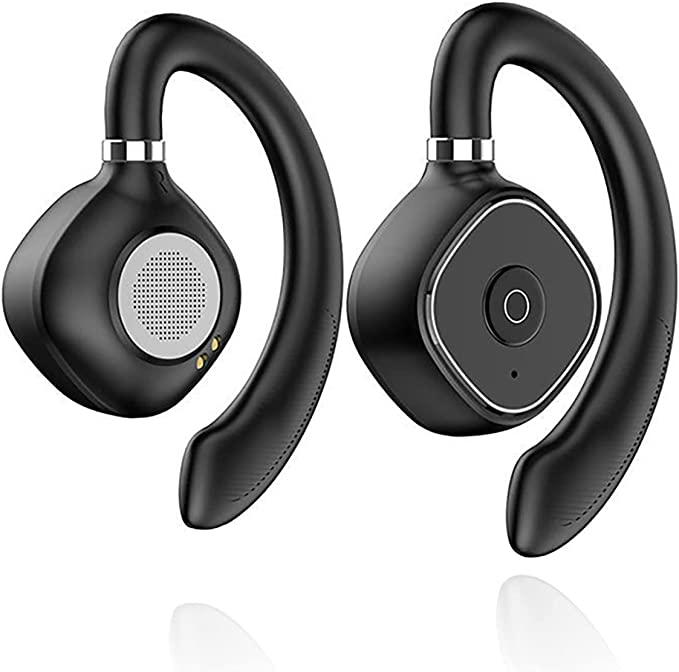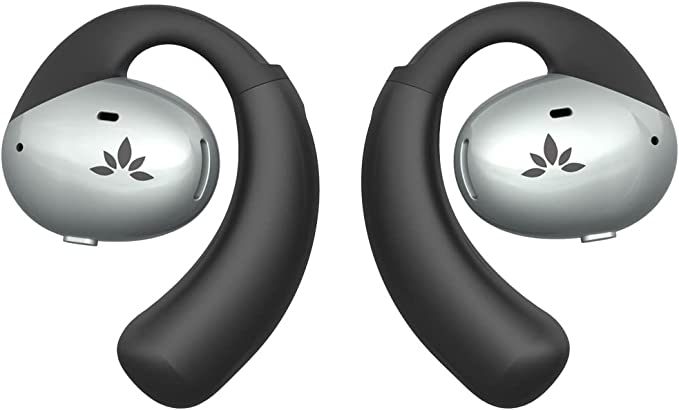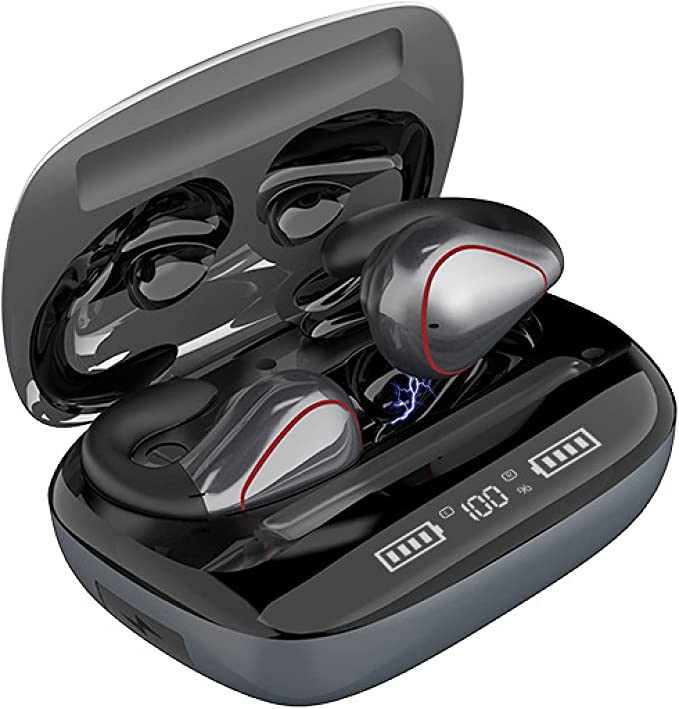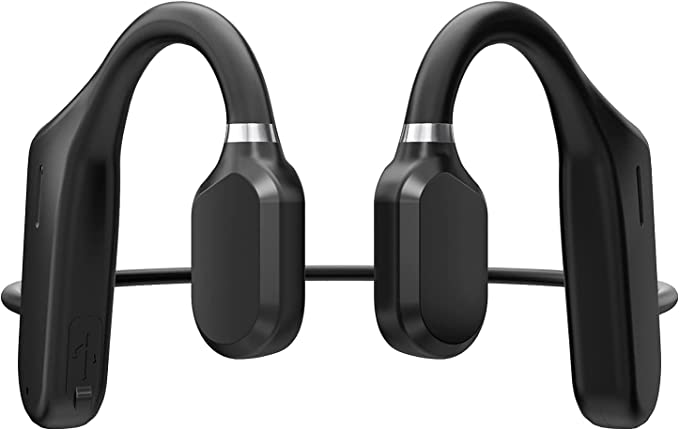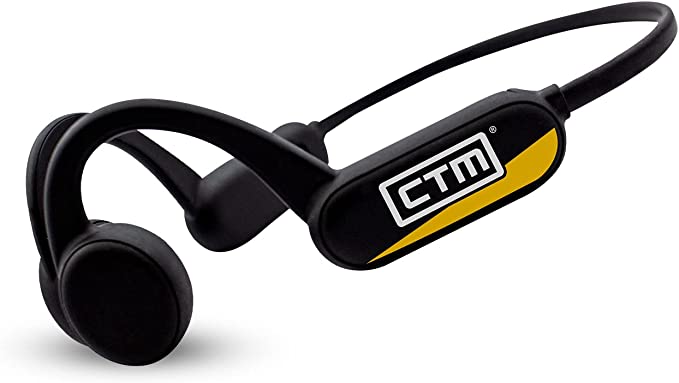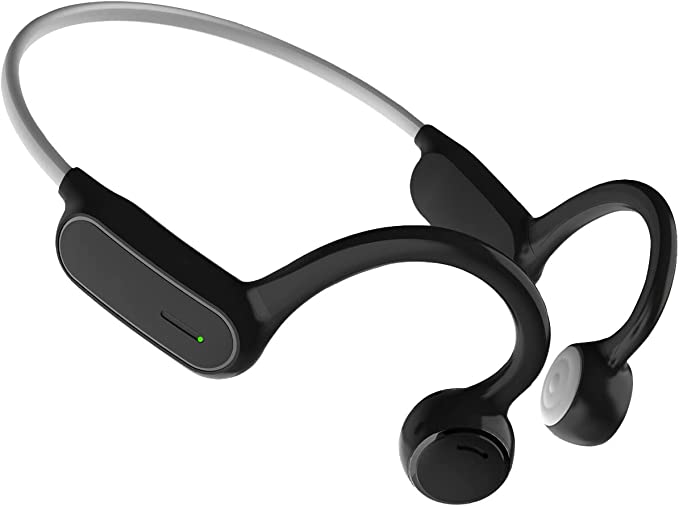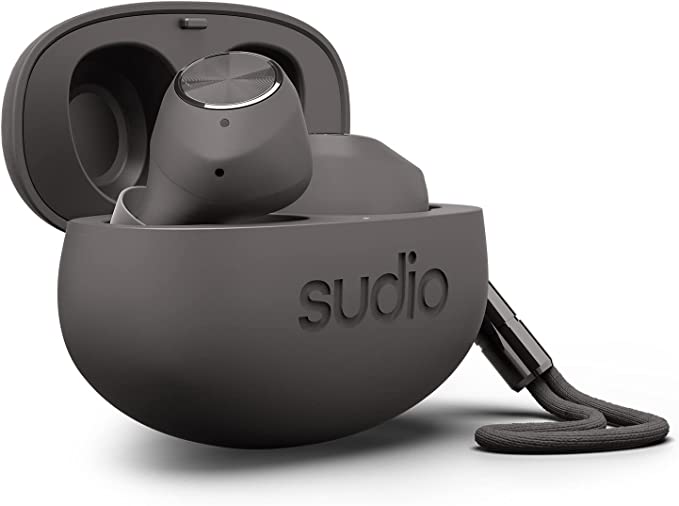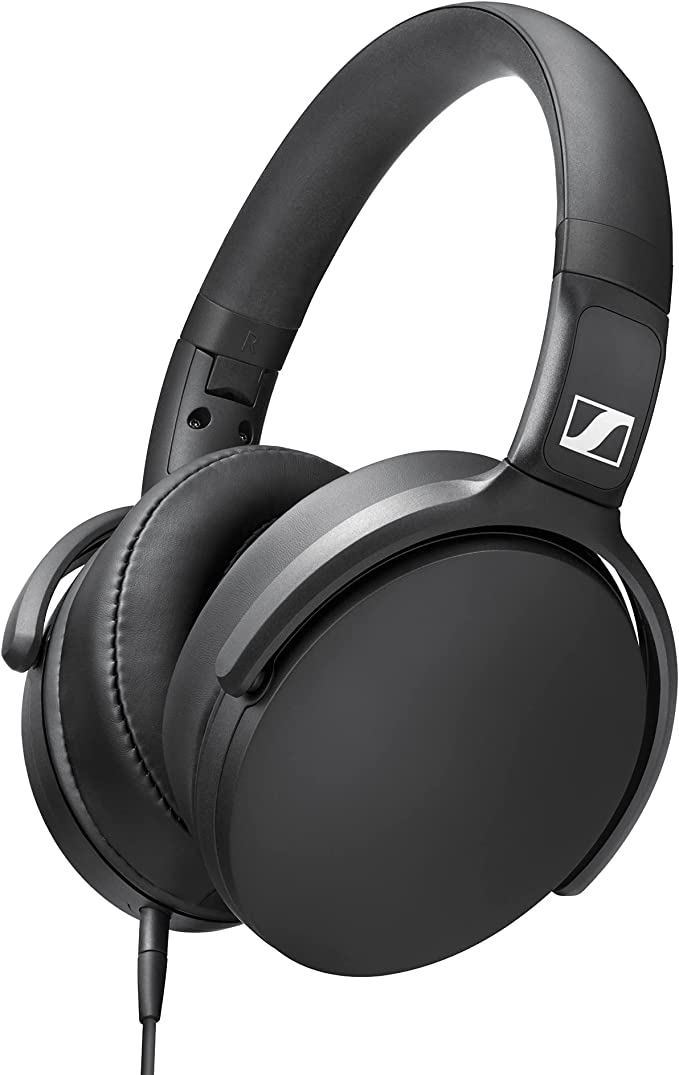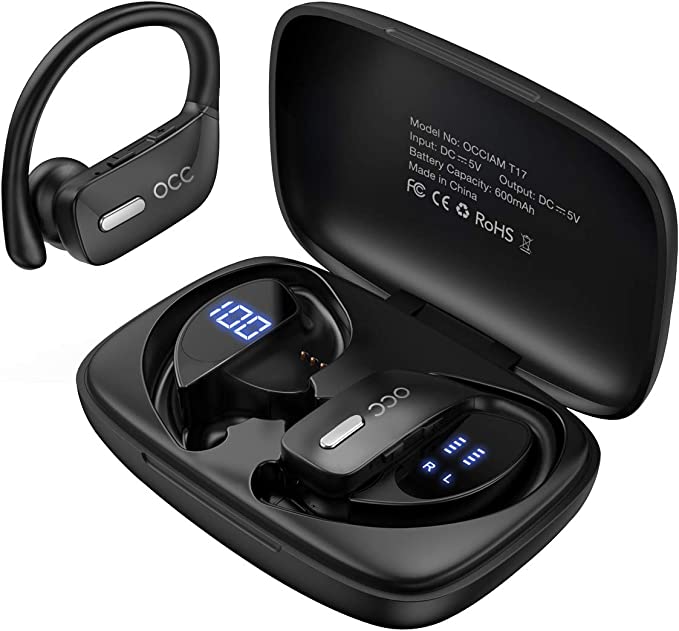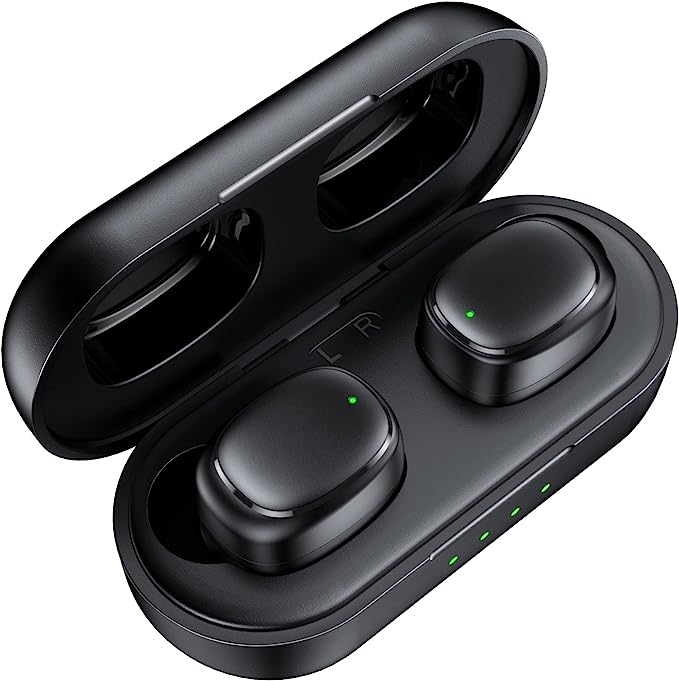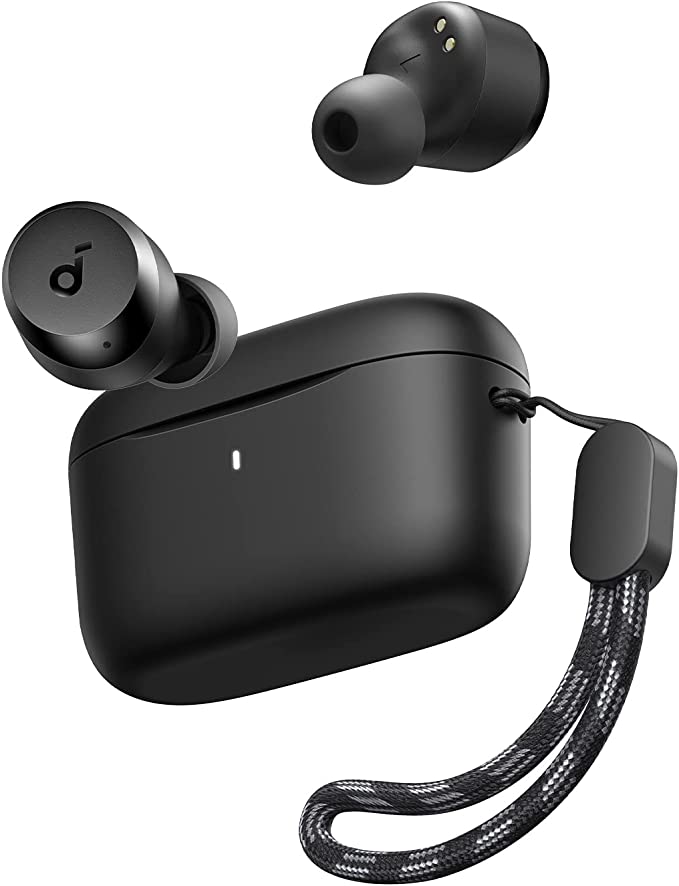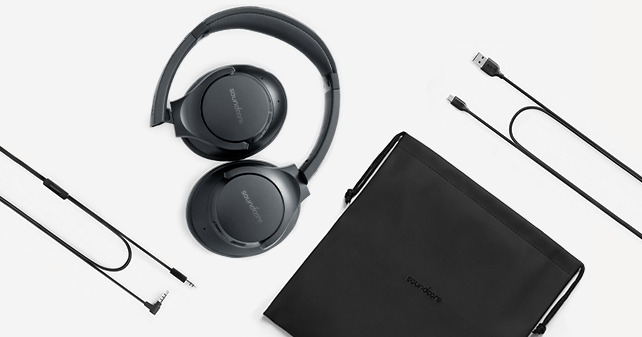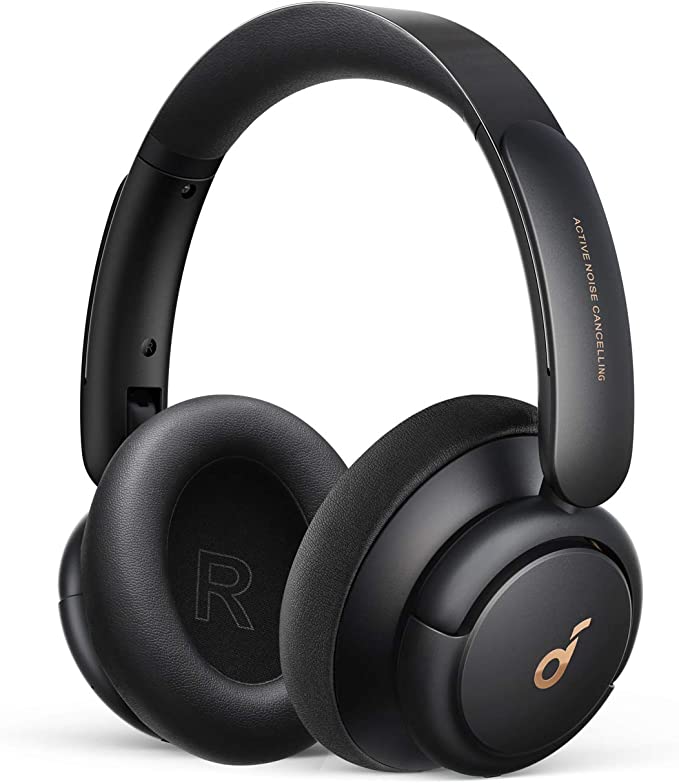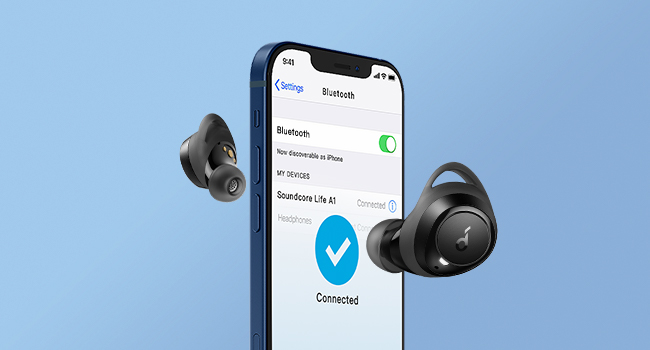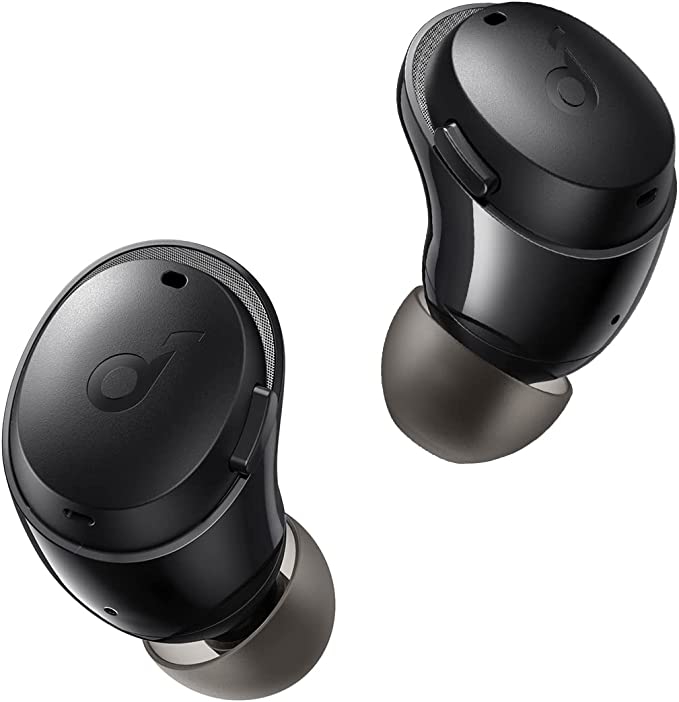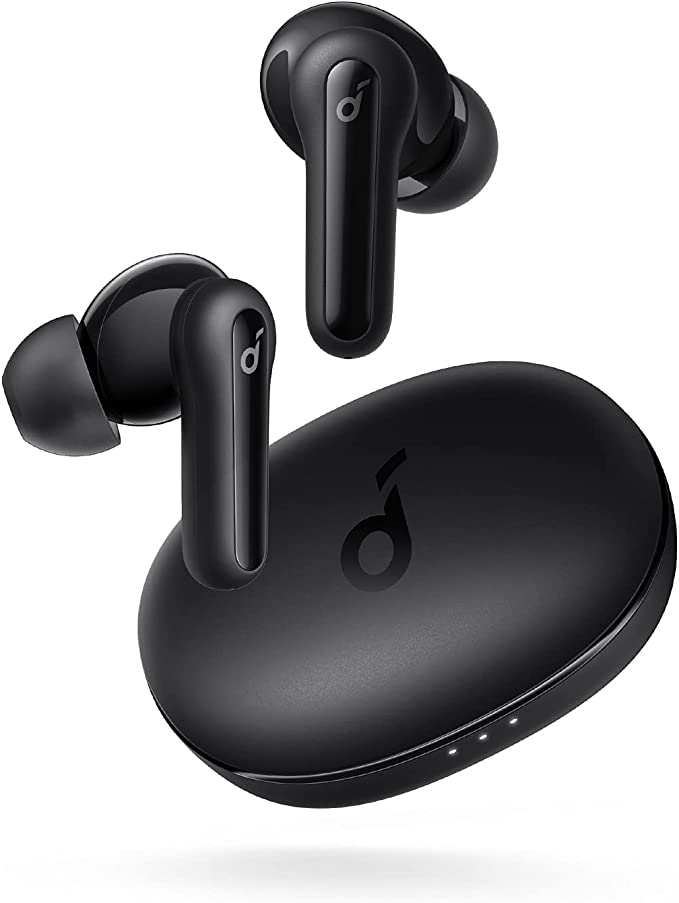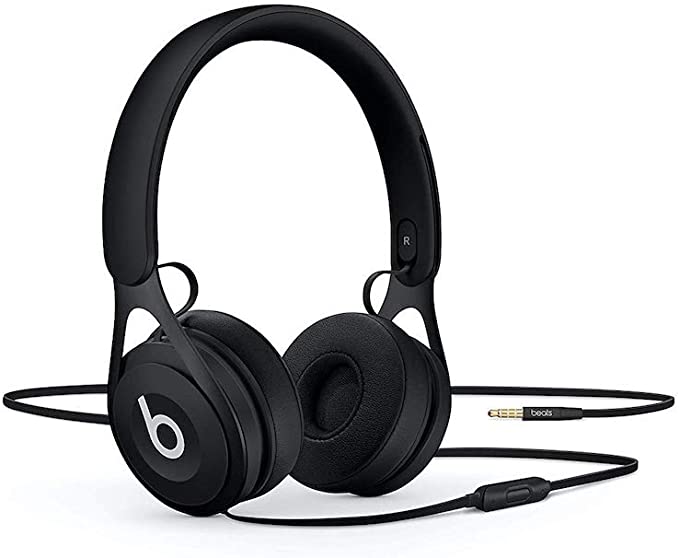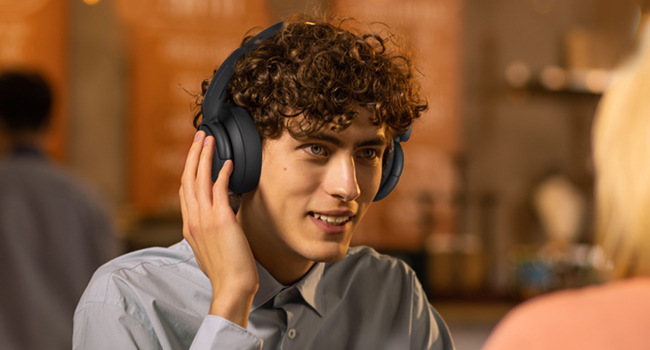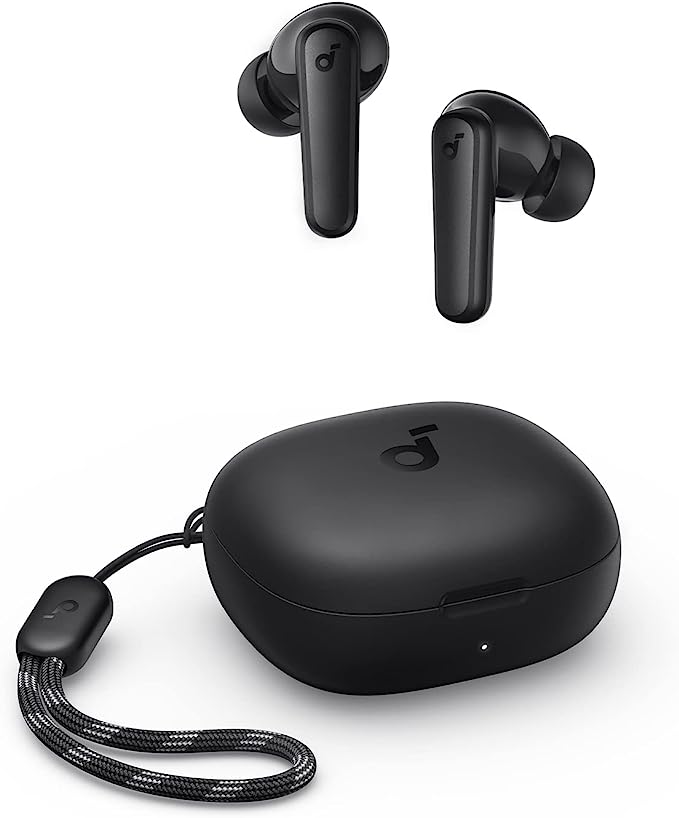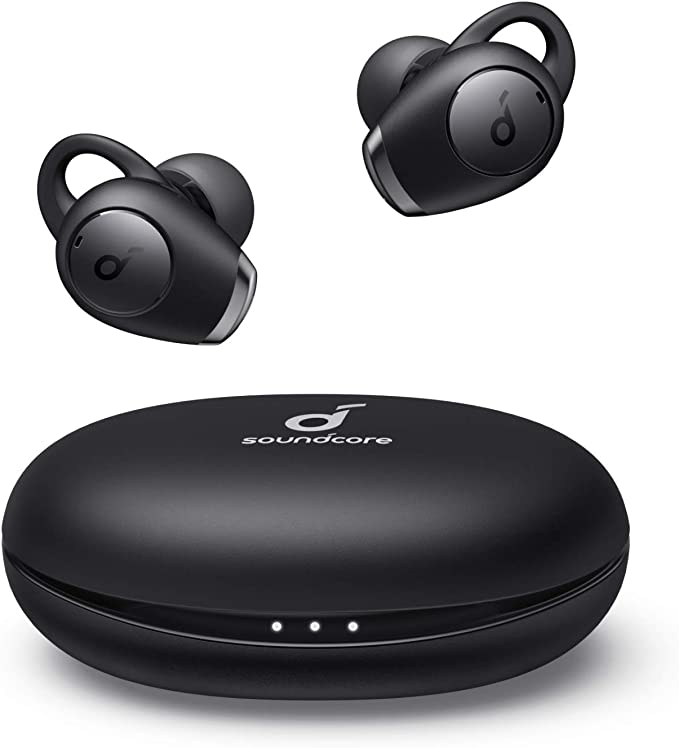VIDONN T2 Open-Ear Wireless Earbuds: The New Choice for Sweatproof Sports Earbuds
Update on July 2, 2025, 9:58 a.m.
It began, as many revolutions do, with a small, unassuming box. In 1979, the Sony Walkman TPS-L2 hit the streets, and for the first time, our personal lives had a portable, high-fidelity soundtrack. We could walk through crowded cities cocooned in our favorite albums, transforming mundane commutes into cinematic experiences. The Walkman didn’t just give us music; it gave us a powerful new tool for crafting a private reality, an invisible, soundproof bubble. But in gaining this personal world of sound, what, exactly, did we lose?
Fast forward to today. That bubble has evolved. It’s now smaller, wireless, and nestled directly inside our ears. We are more connected to our digital streams than ever, but paradoxically, more disconnected from the physical world. And with this deep-seated integration comes a peculiar, often unspoken, physical discomfort. It’s a phenomenon audio engineers call the Occlusion Effect.
You can experience it right now. Plug your ears securely with your fingers and hum a low note. Hear that booming, resonant echo inside your own head? That’s it. That’s the occlusion effect. It’s the sound of your own voice, your footsteps, even the crunch of an apple, amplified unnaturally by the vibrations trapped in your skull because your ear canal is sealed. For decades, this has been the accepted trade-off for personal audio. It’s the reason wearing in-ear buds can feel isolating and why runners are often forced to choose between their playlist and the sound of an approaching car.

Tearing Down the Wall, Installing a Screen
What if we could rethink the bubble? What if, instead of a soundproof wall, our headphones acted more like a fine-mesh screen? A screen that allows the vibrant, detailed sound of our music to flow in, but remains permeable to the ambient hum of the world around us—the barista calling our name, the bicycle bell on the trail, the laughter in the next room. This is the philosophy behind the emerging category of open-ear audio, a design principle beautifully embodied by devices like the VIDONN T2 Wireless Headphones.
Unlike bone conduction technology that sends vibrations through your cheekbones, the VIDONN T2 uses a method called “true open-ear” air conduction. It rests a pair of miniature speakers gently on the outside of your ears, playing sound into the open air and down your ear canal, the same way you hear everything else in the world. The result is startlingly natural. The music becomes a layer superimposed onto your reality, not a replacement for it. It solves the occlusion effect not by tweaking it, but by eliminating its cause entirely.

Anatomy of an Open Experience: Deconstructing the VIDONN T2
Creating this “sound screen” experience requires a thoughtful fusion of design and engineering. It’s not just about leaving the ear open; it’s about building a device that can thrive in that open space.
First, it must be engineered for life’s motion. The T2’s earhook design isn’t just an aesthetic choice; it’s an ergonomic anchor, providing stability during a vigorous run or a simple head turn. This is paired with a durability certification you’ll often see but may not fully understand: IPX5. According to the globally recognized IEC 60529 standard, this rating means the device is protected against low-pressure water streams from any angle. In human terms, it’s engineered to be sweat-proof and rain-resistant. It’s a quiet promise of reliability against the rigors of an active life.

The unseen heartbeat of this experience is its connectivity. The inclusion of Bluetooth 5.2 is significant. For the user, this translates into two critical benefits: rock-solid connection stability and remarkable power efficiency. The latter is what makes the T2’s claimed 48-hour total playtime (with its charging case) mathematically possible, freeing you from the daily ritual of charging.
Yet, this open design philosophy presents what engineers call a “trade-off.” In an open environment, how do you ensure call clarity? The T2 employs CVC 8.0 (Clear Voice Capture), a technology that uses dual microphones to isolate your voice from background noise for the person on the other end of the line. However, the laws of physics are stubborn. As one verified user, Paul S., astutely noted, his voice could sound “a little subdued” on calls. This isn’t a simple flaw, but an honest compromise. Without the sealed environment of an in-ear bud to isolate the microphone, achieving perfect call quality in a noisy setting is one of the greatest challenges for this entire category of devices.

Beyond Music: The Future is an Augmented Reality
So, where does this leave us? Headphones like the VIDONN T2 represent more than just a new product; they signify a shift in our relationship with technology. For forty years, the goal of personal audio was immersion, a dive deep into a digital world. Now, we’re seeing the rise of a new goal: integration.
This open-ear architecture is the foundational hardware for a future of practical, everyday audio augmented reality. Imagine a world where directions are whispered to you as you walk, where foreign language translations appear as a seamless audio overlay, where your child’s monitor can gently alert you—all without severing your connection to the present moment.
We are moving away from headphones that help us escape the world and toward technology that helps us better experience our place within it. The Walkman made our worlds private. The next revolution in listening is making them open again.


